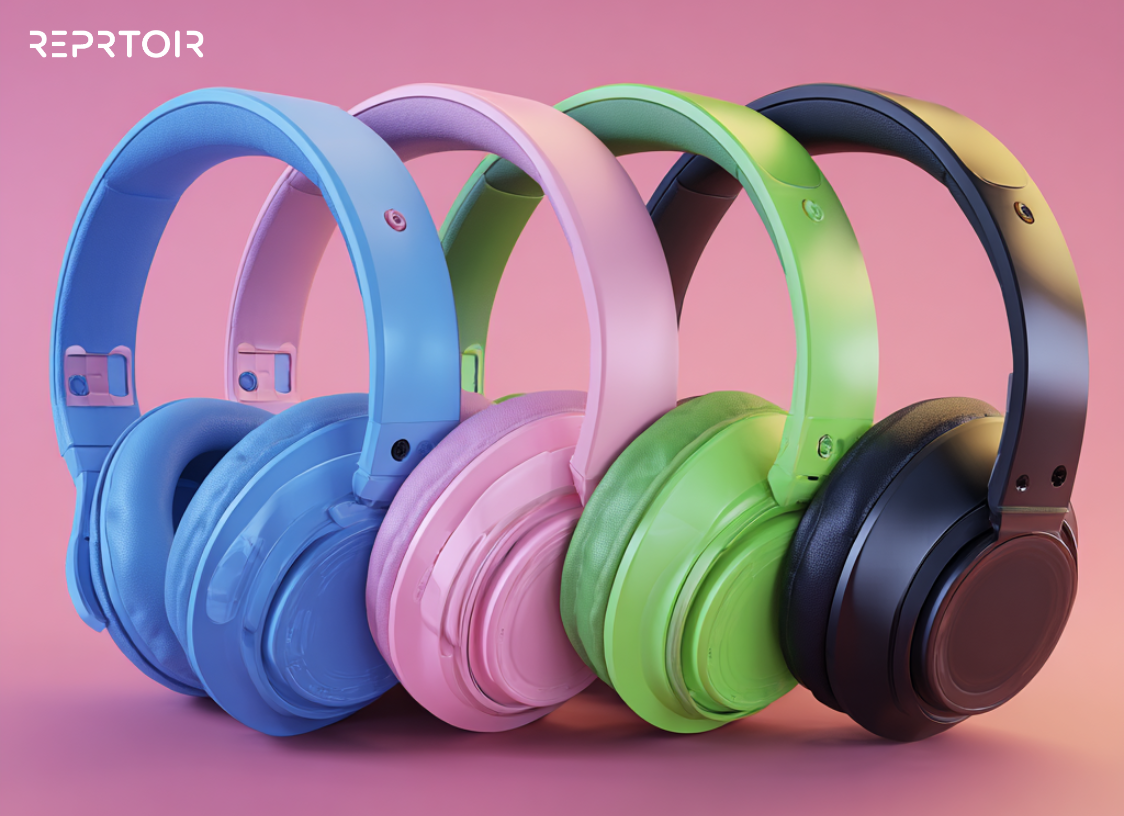It’s that time of year again; reports, final numbers and studies are starting to pour over the music industry. December is usually the time for a look back over the last year, and things are already getting started.
#1. An overview of the 2022’s music industry
2022 is wrapping up soon. Let’s make the best of the remaining weeks before the break: MusicAlly has been going over the data sources to understand how the music industry has behaved during the last 12 months.
From IFPI’s studies to Pew research reports, or more localized visions of our ecosystem’s evolution, you’ll get enough to fill in a good portion of your day going over those resources. So grab a coffee and dive in!
#2. Hipgnosis gave numbers again
You may remember the fact that Hipgnosis freezed their fundings and catalog buyouts for the year. After being all over the news, they took a step back, and it’s a great opportunity to understand how their model is performing organically.
Music Business Worldwide took the time to study the year over year evolution, based on the latest results shared by the company. Big picture: the revenues have grown by around 15%, but indicators for royalty revenues have decreased a little. A nice insight to have would be to know that older catalogs are bound to perform better as streaming is growing its base of users, when more recent catalogs (about 10 years and under) are not to evolve as well.
#3. Music industry stepping into Web3
A few news stories this week made us think about the efforts music industry professionals are making to integrate new experiences for the public. Among (many) others, lately we spotted Warner Music Group a VR project, including collectibles as virtual vinyls. This new blockchain idea is to create a new way to engage their audience, around tech-advanced features for their artists to help “to experiment with and build across Web3 technologies in order to grow and engage their communities.” (Oana Ruxandra, chief digital officer & EVP, business development at UMG).
Another example worth considering is the vision shared by Aarash Darroodi, executive vice president and general counsel for Fender Musical Instruments on the metaverse. Even though, according to him, the technology has yet to improve and become more accessible, it will fundamentally change our field. But the key would mainly reside in NFTs and their acceptability in the public.
Between vinyls and Fender, it feels like even the most traditional companies are taking the turn. Which is good news!
#4. A new way towards discoverability
There’s more than algorithms on TikTok to discover new artists; libraries! And I’m not talking about online music libraries, I’m talking books stacked on shelves’ kind places expanding their horizon.
So in addition to the ocean of content offered by Spotify-like platforms, there are alternatives to create a sense of community around music. At least that’s the goal of a dozen libraries in the US, curating new local musicians to give them a platform.
#5. How TikTok stars came to be
To wrap up, let’s take a moment to understand how TikTok sensations came up. The New Yorker followed the journey of some now mainstream TikTokers, along the story of the evolution of the platform. A good way to get up to speed if you missed some of the steps.








